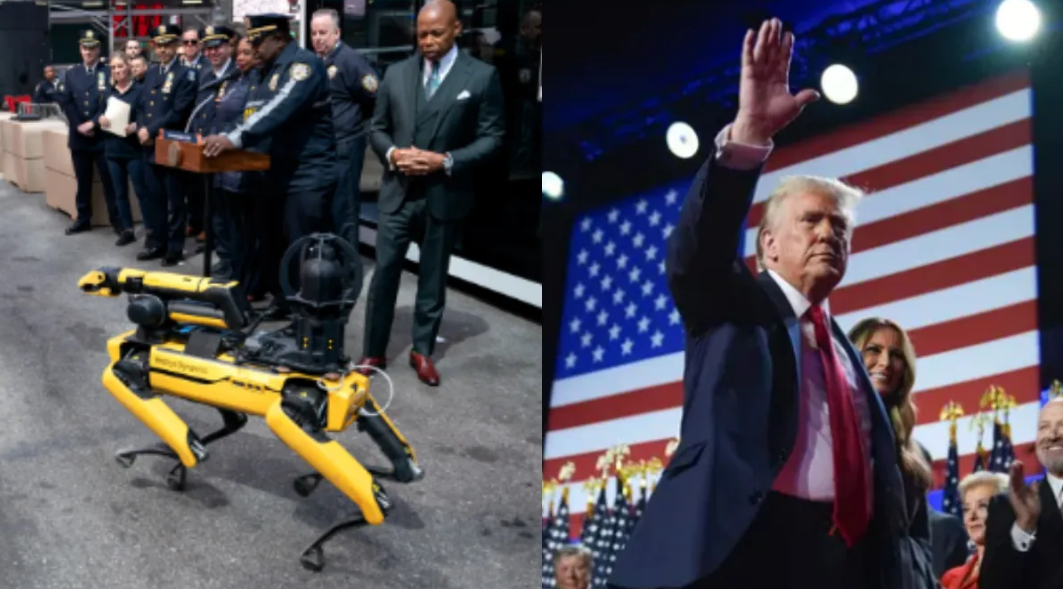Donald Trump has claimed a grand victory in the recent U.S. presidential elections, securing his second term in office. After triumphing in seven swing states, Trump has once again set foot in the White House. However, his road to victory was not without significant hurdles, including multiple assassination attempts. On one occasion, a gunshot narrowly missed him, grazing his ear, but he survived with minor injuries. Fortunately, the bullet only grazed his ear, and Trump was able to escape unharmed.
In another incident, the would-be assailant was apprehended before any harm could be done. Despite these close calls, Trump remains prepared for ongoing threats. As he prepares to officially assume office on January 20 next year, he has already put in place rigorous security protocols.
Until then, Trump will continue to reside at his estate in Mar-a-Lago, Florida, where he has implemented robust security measures. Among the most notable is the use of robotic dogs for surveillance. The U.S. Secret Service has deployed these robotic canines, designed by Boston Dynamics, to patrol his estate 24/7. These robotic dogs are equipped with advanced sensors, making them more effective and efficient than traditional guard dogs. According to the Secret Service, the robotic dogs can swiftly detect and respond to any suspicious activity, ensuring round-the-clock security at Trump’s residence.






